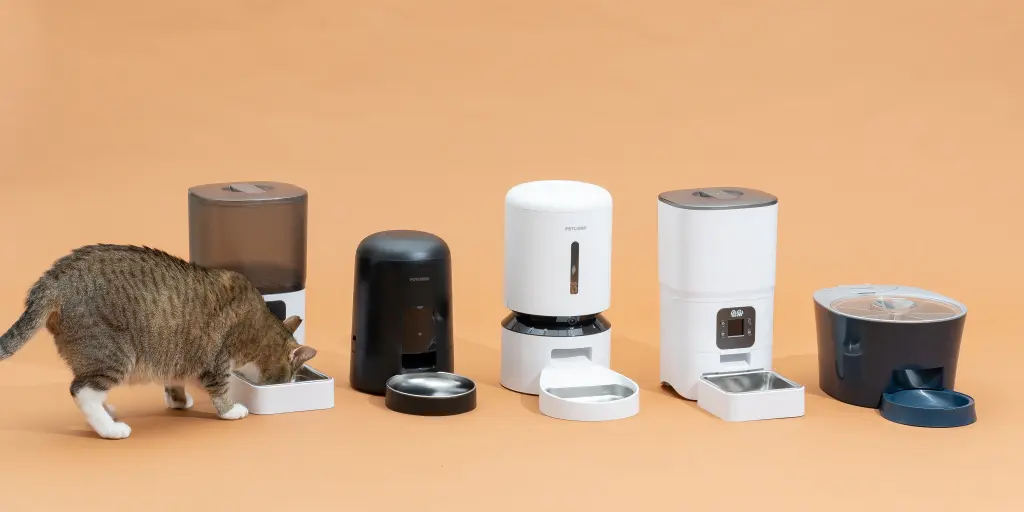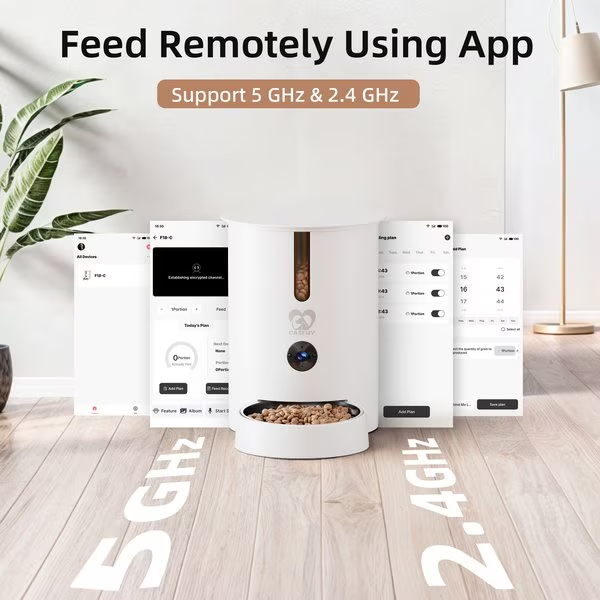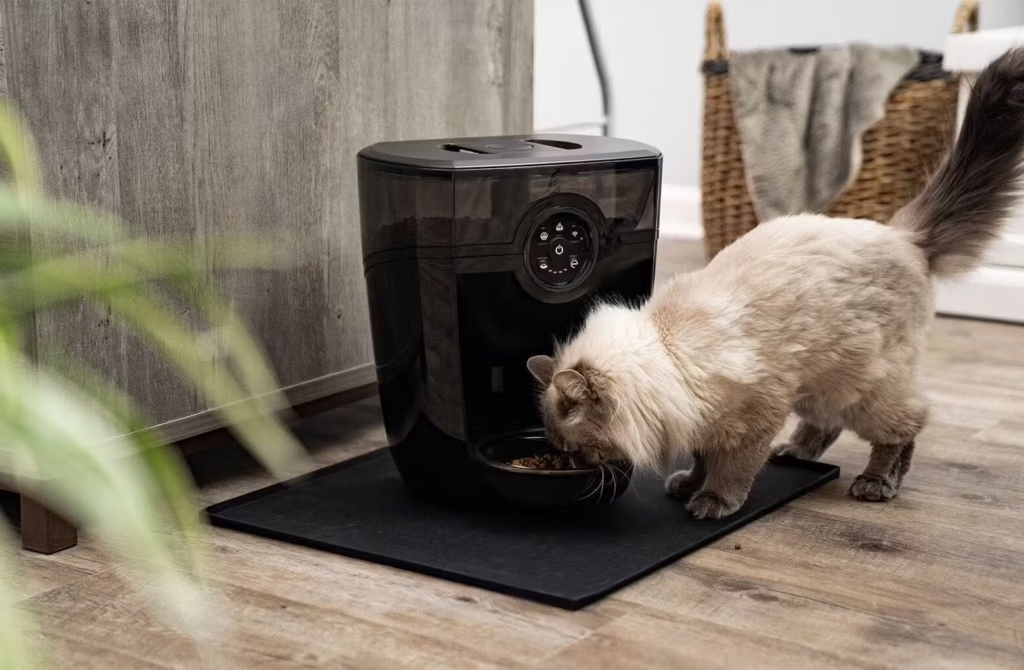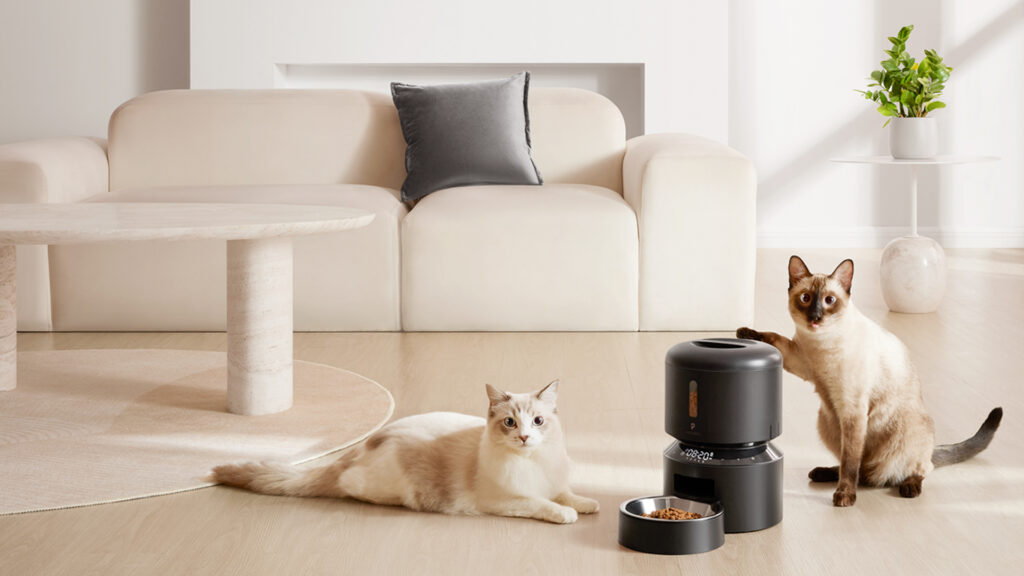How Much Wet Food to Feed a Cat Per Day – The Ultimate Cat Feeding Guide
One of the most common questions cat parents ask is: "How much wet food to feed a cat per day?" It may seem simple, but the answer is not "one-size-fits-all." Overfeeding your cat can quickly lead to obesity, while underfeeding may cause malnutrition, weakness, and long-term health issues.
Unlike dry kibble, wet cat food contains a much higher moisture content—typically 70–80% water—making it an excellent way to keep your feline hydrated. But because it is less calorie-dense, it can be trickier to calculate the exact daily amount.
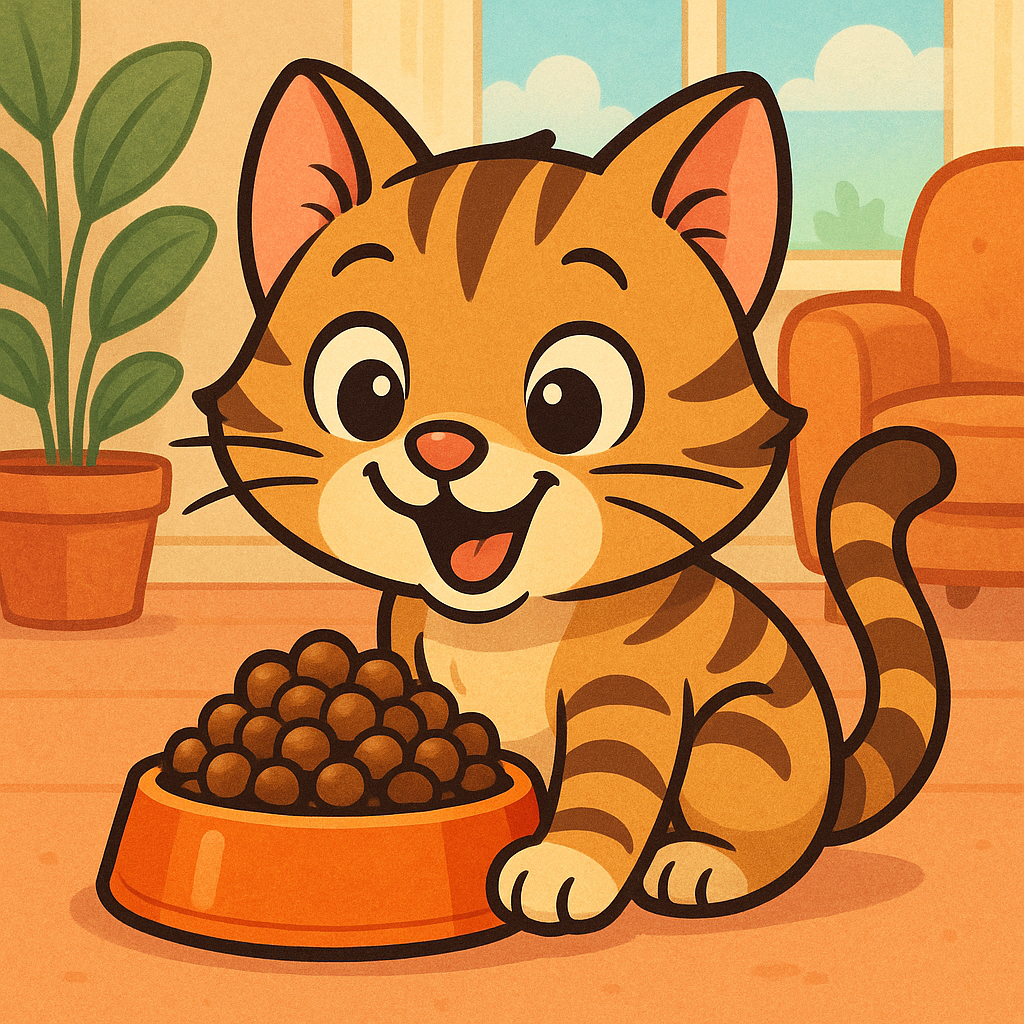
Why Wet Food Is Essential for Cats
Feeding wet food isn't just about variety—it plays a critical role in feline nutrition. Here's why many veterinarians recommend including wet food in your cat's diet:
Cats naturally have a low thirst drive because their ancestors were desert animals. Wet food helps prevent dehydration, urinary tract infections, and kidney disease.
Wet food is high in protein and water but lower in calories. Cats feel full faster, which reduces overeating.
The soft texture makes it ideal for kittens, seniors, and cats with dental issues.
Cats are obligate carnivores—they crave moisture-rich, meaty food. Wet food replicates the nutritional profile of prey animals.
How Much Wet Food Should a Cat Eat Per Day?
The general rule of thumb: 3–4 ounces of wet food per 5 pounds of body weight per day.
That means a 10-pound cat usually needs 6–8 ounces daily (around two small 3-ounce cans). But this is just a baseline.
Factors That Affect Daily Wet Food Portions
- Age: Kittens require more frequent meals and calories.
- Activity level: Indoor cats burn fewer calories than outdoor explorers.
- Body condition: Overweight cats need fewer calories; underweight cats need more.
- Food type: Calorie content varies between brands. Always check labels.
- Health: Conditions like hyperthyroidism, kidney disease, or diabetes affect feeding needs.
| Cat's Weight | Daily Wet Food Amount |
|---|---|
| 5 lbs | 3–4 ounces |
| 10 lbs | 6–8 ounces |
| 15 lbs | 9–12 ounces |
Always split portions into 2–3 meals per day to support digestion and energy balance.
How Many Cans of Cat Food Per Day?
The number of cans depends on can size:
A 10-pound cat needs 2–3 cans per day.
A 10-pound cat usually needs 1–2 cans per day.
If you feed a mix of wet + dry food, reduce the wet food amount accordingly. Example: 1 can of wet food + ¼ cup of dry food may be enough for an average cat.
Wet Food Requirements by Life Stage
6–12 months: 2–3 meals per day with larger portions
Kittens require more calories for growth. Malnutrition at this stage can stunt development.
Feeding Schedule – How Often Should Cats Eat Wet Food?
3–4 meals/day
2–3 meals/day
2 meals/day (+ small snacks if needed)
Wet food spoils quickly if left out. Instead, serve measured portions at set times.
Wet vs. Dry Food – Which Is Better?
- Hydration support
- High protein content
- Closer to natural prey
- Easier to chew and digest
- Convenience
- Affordability
- Dental benefits (to some extent)
- Longer shelf life
Best option? A combination of both—wet food for hydration + dry food for grazing.
How to Transition a Cat from Dry to Wet Food
Mix 25% wet food with 75% dry food to begin the transition.
Over 7–10 days, gradually increase the ratio of wet food to dry food.
Watch stool quality, appetite, and hydration during the transition period.
Special Considerations for Feeding Wet Food
Not all wet foods have the same calorie density. Adjust portions based on calorie content.
Adjust portions if your cat gains or loses weight too quickly.
Cats with kidney disease often benefit from more wet food due to higher moisture content.
Wet food helps cats with dental issues, but dental hygiene is still needed.
Tips for Feeding Wet Cat Food
Warm food slightly to enhance aroma and make it more appealing to cats.
Store opened cans in the refrigerator and use within 24–48 hours.
Prevent whisker stress by using shallow, wide bowls for feeding.
Even with wet food, always have fresh water available for your cat.
Common Mistakes Cat Owners Make with Wet Food
Thinking more food equals more love can lead to obesity and health issues.
Wet food spoils quickly when left at room temperature.
Not checking calorie content across different brands can lead to improper feeding.
Failing to notice weight changes until obesity becomes a serious issue.
Abrupt changes in diet can cause stomach upset and refusal to eat.
Conclusion: Finding the Right Balance
So, how much wet food should a cat eat per day? Roughly 3–4 ounces per 5 pounds of body weight—which equals two small cans per day for a 10-pound cat.
But remember—your cat's age, weight, activity level, and health all play a role. Feeding the right amount not only ensures proper nutrition but also prevents obesity, dehydration, and long-term health problems.
Regularly monitor your cat's body condition score (BCS), make small adjustments as needed, and always consult your veterinarian for personalized advice.

